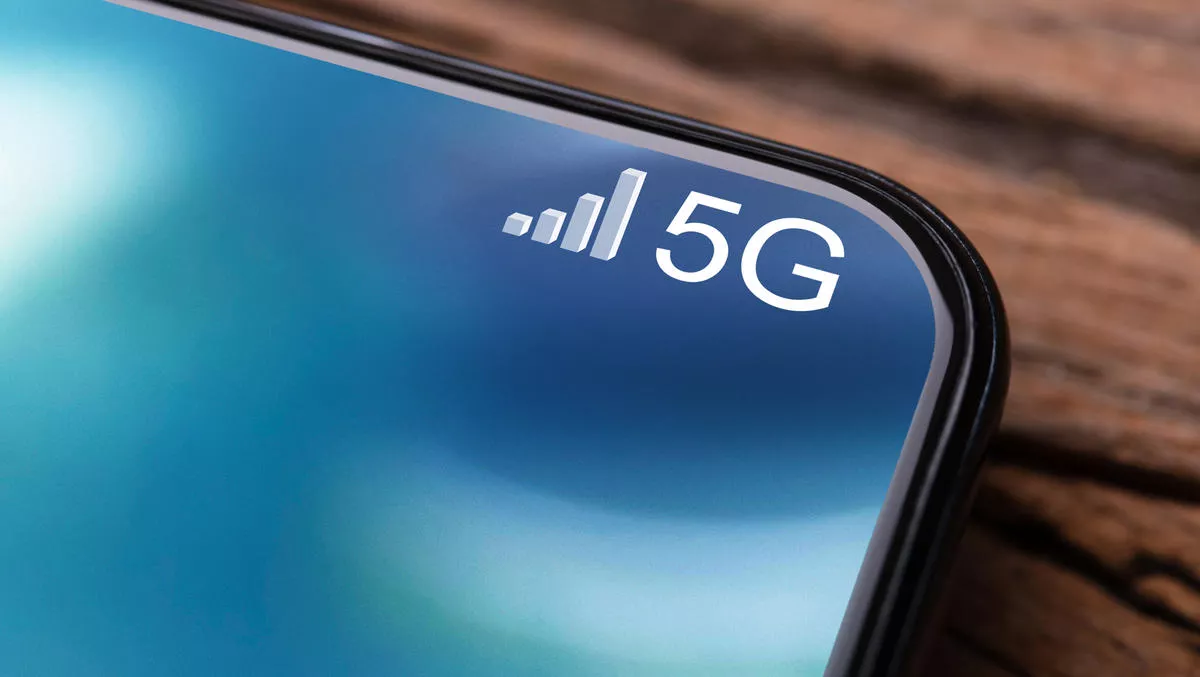
Why network monitoring and visibility are key to 5G success
Businesses are waiting with bated breath for 5G to take hold. The speed and connectivity benefits it promises are set to be ground-breaking, such that the full extent of its capabilities are yet to be realised.
However, as with any new innovation, 5G comes with potential barriers to success. Those at the forefront of its deployment, service providers, must be prepared to offer unparalleled 5G experiences without compromising on speed, performance or security - all without breaking the bank.
With its enhanced speed and connectivity, we are on track to see a surge in network traffic resulting from 5G. The new technology is set to be responsible for 45% of the 164 exabytes of mobile data traffic per month that is forecast by 2025.
As such, effective monitoring is paramount to ensure unwavering network performance. However, virtualisation is necessary to deploy 5G effectively. It is needed to ensure that all points of the network can be monitored across geographically scattered locations; thus, network monitoring is difficult to add as an afterthought. It must be planned for and integrated from the beginning.
The need for network monitoring is unquestionable, with the faster speeds and additional bandwidth of 5G requiring enhanced data control to optimise the use of security tools and minimise the disruption that could be caused by a breach or cyber-attack.
What's more, thorough network monitoring will give service providers clearer visibility into all data in motion on the network, which will allow the use of application metadata and filtering intelligence to make improvements based on how and when data is being used.
Investing in success
Despite the clear benefits of 5G, cost plays a vital role in the decision-making process for many. Recent research has found that one-third of business leaders believe the upfront cost of adopting 5G will be too great, and four out of five believe the cost of managing IT infrastructure and apps will increase by implementing the technology.
While 5G will require an upfront investment in the necessary network tools and probes, organisations can take steps to minimise monitoring costs and maximise ROI — and it is network visibility that holds the key.
Leveraging complete network visibility can enable service providers to improve the tools they have running on their networks and better optimise the use of these investments.
This includes the ability to prioritise critical network traffic while filtering out safe, low-risk, duplicate or irrelevant traffic, therefore cutting down the amount of data being sent to monitoring and security tools.
By increasing tool capacity and capability, service providers can minimise their spend on new tools by redeploying existing probes. The enhanced view of the network that thorough visibility provides will also minimise the time taken to identify and resolve issues, reducing the cost of incident resolution in the long run.
While 5G has been on the horizon for several years, the COVID-19 pandemic has acted as a powerful catalyst for deployment.
According to Nokia research, the requirements born out of the pandemic, such as remote working and the 'Zoom boom', fit well with its digitisation and analytics capabilities.
With remote working set to remain a priority for most businesses as we move forward, it has never been more critical to invest in connectivity. So service providers should focus on prioritising network monitoring and visibility to ensure they can offer 5G connectivity without the risk of detrimental performance or security issues.

